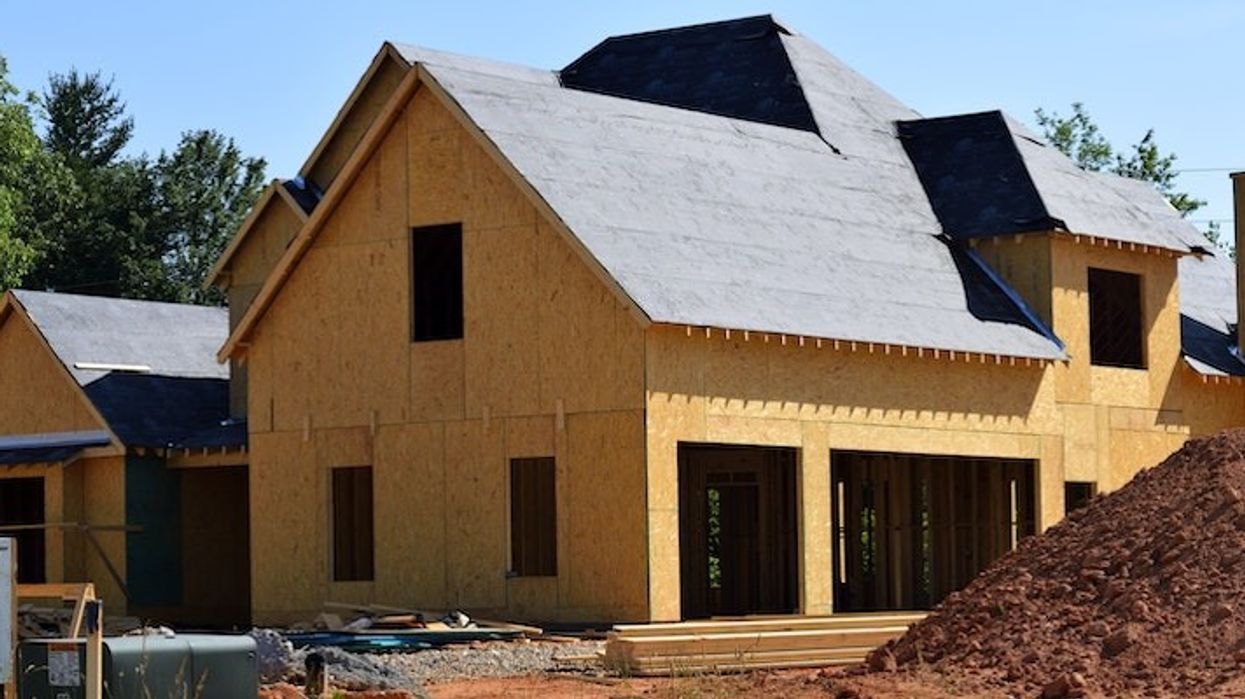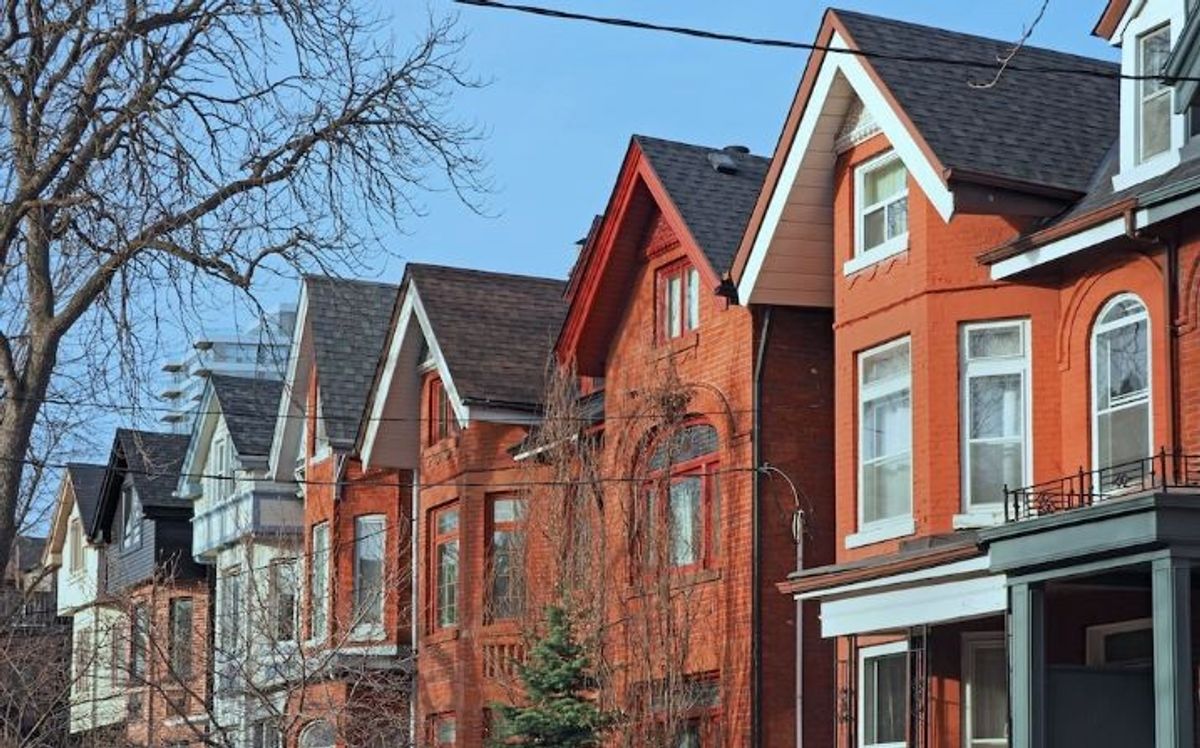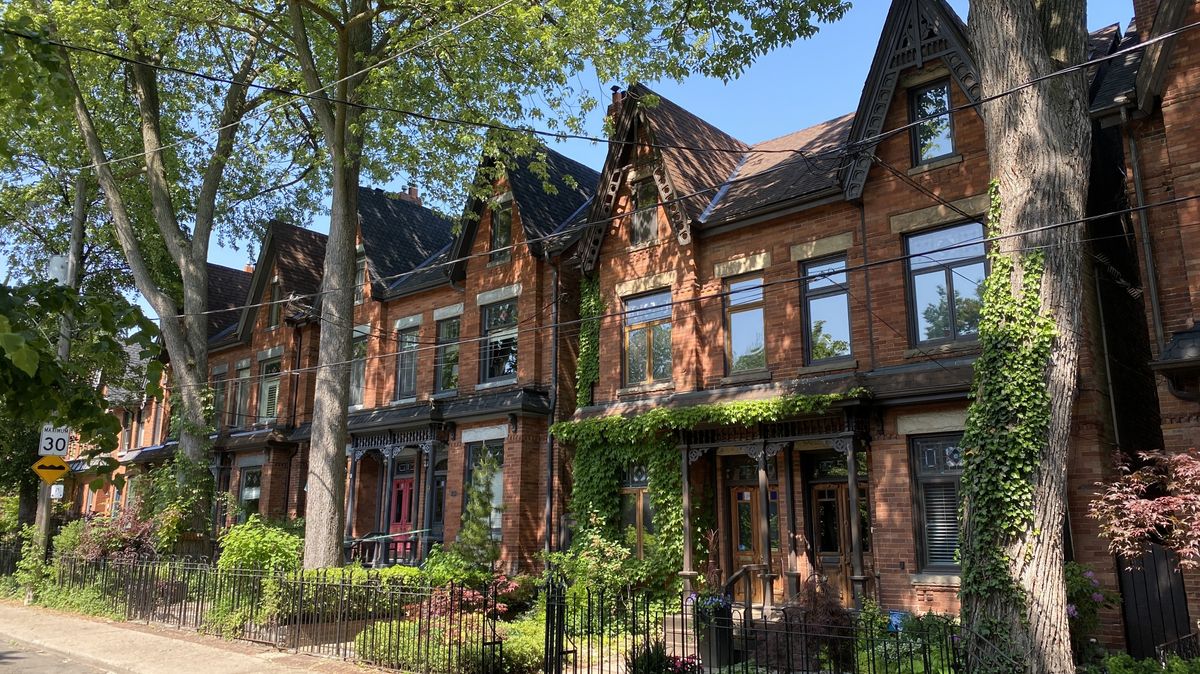As the provincial government continues to reopen the economy, a team of local and national building associations have put together a plan they believe will help kick-start the Canadian economy in the post-COVID era.
Put together by the Canadian and Ontario Home Builders’ Associations (CHBA and OHBA) and the Building Industry and Land Development Association (BILD), the 20-step plan was submitted to the Ontario Jobs and Recovery Committee and highlights simple changes that will have a great impact on the economy.
The COVID pandemic has already had a devastating impact on the country, with millions of people losing their jobs, bringing the Canadian economy to a near halt. As governments at all levels start to look at recovery, the submitted plan recommends focusing on the Greater Toronto Area (GTA), which is "the engine of Canada’s economy," accounting for 20% of Canada’s GDP and 50% of Ontario’s GDP.
READ: Premier Ford to Announce Details Surrounding Stage 2 of Ontario’s Reopening
David Wilkes, president and CEO of BILD, says the residential and commercial building and development industry is "well-positioned" to play a significant role in helping recover not only the GTA but also Ontario and the rest of the country.
The residential and commercial building and development industry, and the professional renovations industry, are major contributors to economic activity in the region. Collectively, they employ more than 360,000 people in the GTA, paying $22 billion in wages and generating $42 billion in investment value annually.
“With all levels of government facing financial challenges and funding requests, we are providing ideas that will unlock consumer and industry construction investments that will kick-start the economy,” said Joe Vaccaro, CEO, OHBA.
“The Ontario Jobs and Recovery Committee demonstrates the important leadership that the Ontario government has provided during this COVID-19 State of Emergency. As the industry continues to enhance health and safety on job sites, we are now making recommendations that will support economic development with more housing choice and employment opportunities that will support consumers and businesses during the recovery program.”
The proposed steps include transferring mortgage tenancy to the date of occupancy for new condominiums, eliminating security deposits for Ontario Land Transfer Tax on affiliated transfers, and freezing municipal increases to Property Tax Reassessment and development charges.
Another proposed recommendation is to free up monies that would otherwise be stuck in such things as municipal agreements (refundable deposits paid by developers) and replace them with surety bonds, freeing up billions in potential investments that otherwise would have been parked.
“To help stimulate economic growth and keep Canadians properly housed, we will need to foster housing supply while also ensuring demand-side measures are adjusted to reflect the times,” said Kevin Lee, CEO, CHBA.
“Accordingly, we recommend 30-year amortizations for insured mortgages, and adjusting the mortgage stress test for both insured and uninsured mortgages. Removing the GST on new homes purchased for 2020 and 2021 would also be a timely catalyst for new home construction.”
Following COVID, stimulus measures will be needed to generate jobs that were lost while maintaining current tax revenue. To foster job creation, the groups have also proposed incentives for a Home Renovation Tax Credit for people making upgrades to their homes and a refundable Tax Credit for expenses to upgrade buildings in Ontario and for repurposing facilities in the province because of COVID-19.
The proposed plan says these initiatives would be self-funding by freezing out the cash operators in the renovation industry.





















